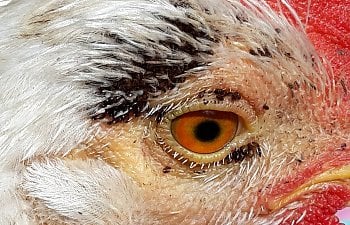
Photo by Erik Streb
Echidnophaga gallinacea, commonly known as the hen flea, stickfast flea and sticktight flea, occurs on a wide range of bird and mammal hosts. If uncontrolled it causes anaemia, loss of condition, severe skin irritation and sometimes death.
When feeding, female fleas can remain attached for up to 6 weeks at a single site on the host, causing ulceration at the attachment site.[1] Males feed intermittently while displaying mating behavior. Eggs are laid in the ulcers that have formed on the host's skin. The larvae drop to the ground and feed on any organic debris found. Large numbers of the flea may congregate around the eyes, comb, wattles, and other naked skin on poultry - these are difficult to dislodge as their heads are embedded deep below the host's skin.
Text and picture above from https://en.wikipedia.org/wiki/Echidnophaga_gallinacea
GNU Free Documentation License.
Treatment
You will need a permethrin concentrate like one of these
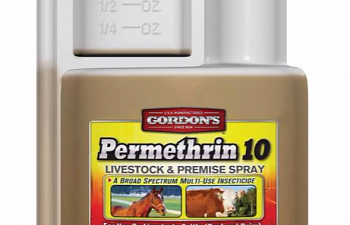
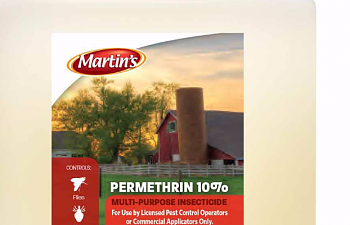
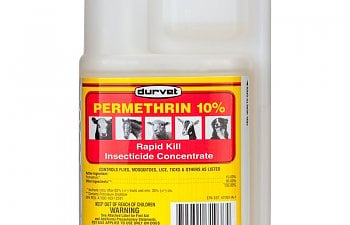
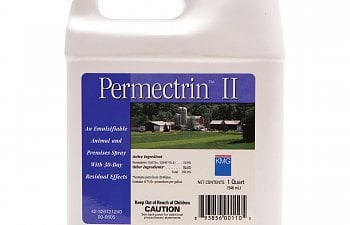
Or a ready to use 0.5% spray like this:
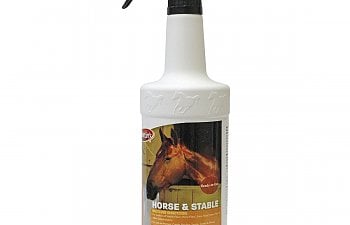
Here is a Muscovy duck with Sticktight Fleas (Echidnophaga gallinacea). Her feathers have been wetted with water to make the fleas visible.
Picture from 12-10-2018
In the last few years I've seen a few of these and have experimented with various treatments ranging from permethrin powder, to just plucking with tweezers and applying antibiotic ointment.
The treatment that works best for me and my flock is applying a 0.5% permethrin solution directly to the fleas. Doing this kills them instantly and they will fall of in a few days. Those that don't fall of can be scraped off with a fingernail.
Prefill a small syringe with your 0.5% concentrate and carefully apply it to all of the fleas.
This picture from 12-10-2018.
To make a 0.5% solution add 47 ml of a 10% permethrin concentrate to 32 ounces bottle, then fill with water to the 32 ounce mark. You're probably thinking that's way too strong, but I tried treating with the less concentrated one and it didn't kill the fleas like the 0.5% one does.
This is for all 10% permethrin concentrates.
If you don't want the hassle of making your own solution you can buy a pre-mixed ready to use one called Martins Horse and Stable. It is labeled for use on poultry.
"Sticktight Flea
The sticktight flea is an occasional pest of dogs and cats, as well as of chickens and other birds. Poultry sometimes have clusters of these fleas around the eyes, comb, wattles, and other bare spots. These dark-brown fleas have their heads embedded in the host's flesh and cannot be brushed off. Sticktight fleas are commonly a problem on dogs which have contact with barnyard fowl. Typically, on dogs and cats, the sticktight fleas will be found around the margin of the outer ear or occasionally between the toe pads. They have also been reported from horses and humans.
Control of Sticktight Flea
Sticktight fleas can be removed with tweezers by grasping and pulling firmly. An antibiotic ointment should be applied to the area to prevent infection. If fleas are too numerous to remove individually, a flea product registered for on-animal use should be applied according to label instructions. Care should be taken not to get any product into the animal's eyes. To avoid reinfestation, treat the premises to eliminate flea larval development. There are several insecticides registered for treatment of outdoor areas for fleas. Burning of infested organic material, such as animal bedding and poultry litter, has been recommended."
Source: https://www.petwave.com/Dogs/Health/Fleas/Types.aspx

